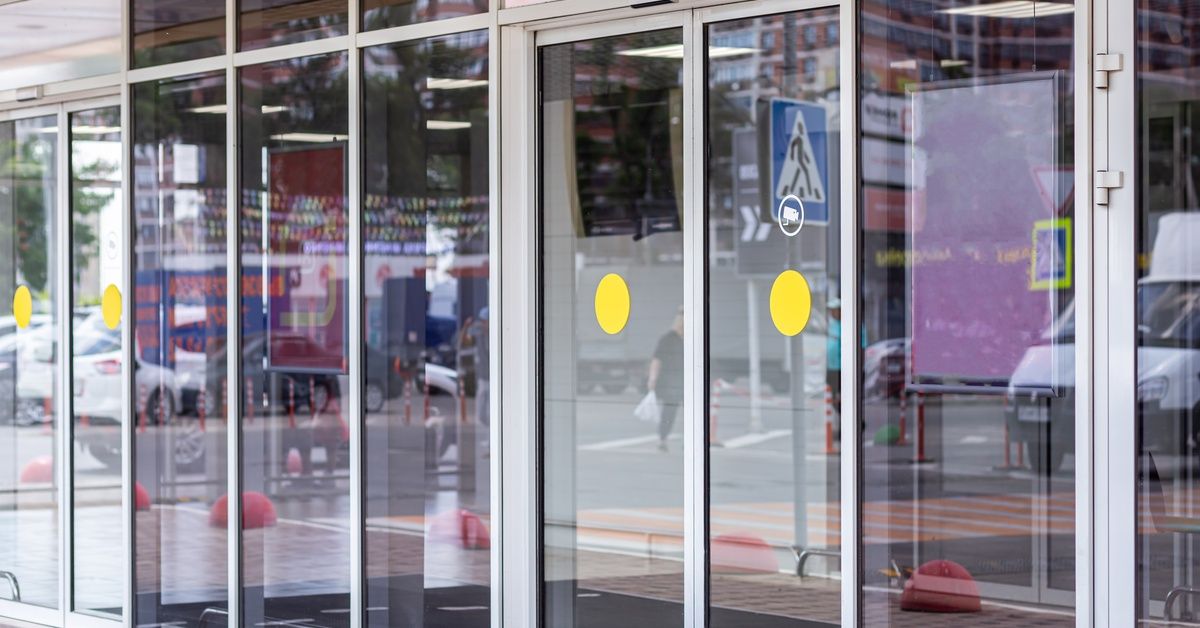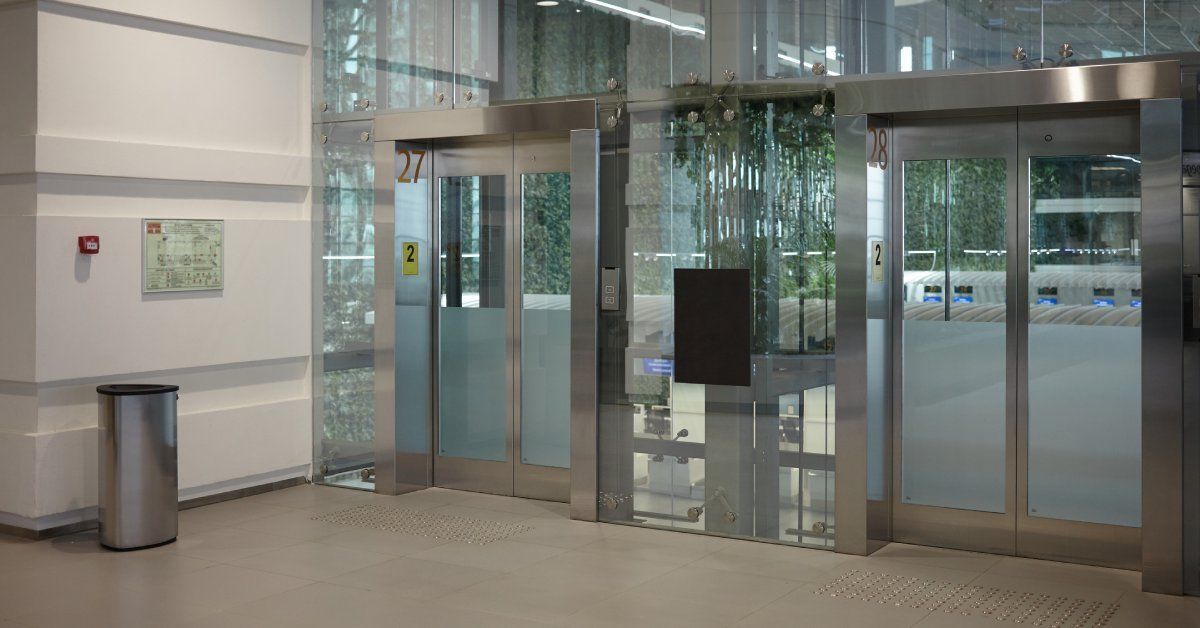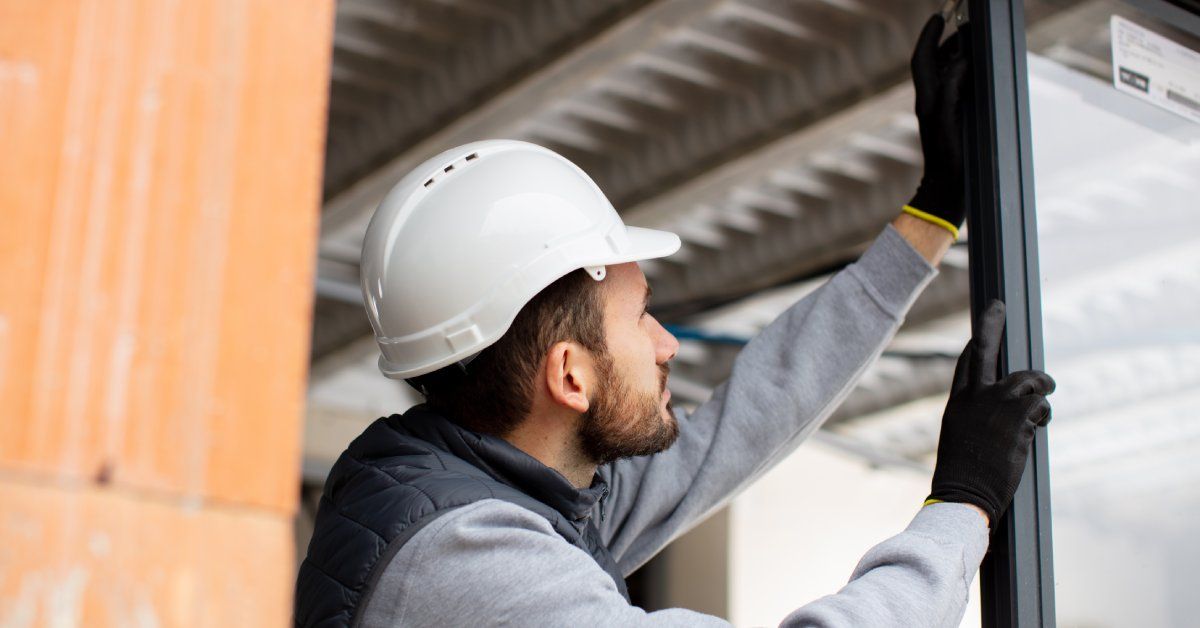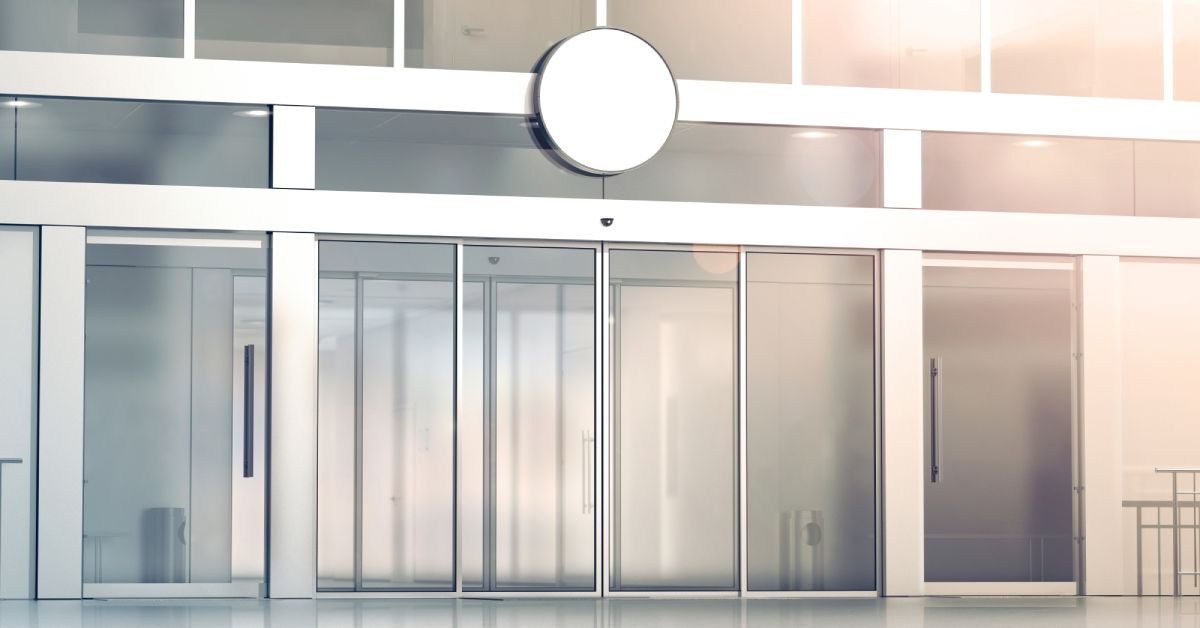Are Automatic Sliding Doors Required by the ADA?
Automatic sliding doors offer convenience and accessibility, especially in public spaces. The Americans with Disabilities Act (ADA) establishes guidelines to ensure buildings can accommodate individuals with disabilities. Understanding whether automatic sliding doors are required by the ADA is essential for business owners, architects, and facility managers.
Understanding the ADA Requirements
The ADA provides civil rights protections to disabled individuals. It mandates that businesses and government agencies make public accommodations accessible to everyone, including those with mobility challenges. While the ADA doesn’t explicitly require automatic sliding doors, it does emphasize accessibility standards that businesses must follow.
When Are Automatic Sliding Doors Necessary?
You’ll often see automatic sliding doors in high-traffic areas, such as shopping centers, hospitals, and office buildings. The ADA states that individuals with disabilities must have access to entrances, which includes having a clear path of travel and doorways with enough space. For many establishments, automatic sliding doors are an effective solution to meet these requirements.
In some cases, local building codes may dictate the use of automatic sliding doors, especially for facilities that expect a high volume of foot traffic. Facilities such as restaurants, retail stores, and hotels often use these doors to enhance accessibility and improve the customer experience.
ADA Guidelines for Doorways
The ADA sets specific guidelines for doorways that facilities must follow. These guidelines include requirements for door width, force-to-open capabilities, and accessibility features.
Doors must have a minimum clear opening width of 32 inches when open to a 90-degree angle. The maximum allowable force to operate doors is 5 pounds. Automatic doors can help meet these requirements, providing easy access without requiring significant physical effort.
Additionally, the ADA mandates that businesses design doors to avoid creating barriers for people with disabilities. This guideline means that automatic doors should remain open for a sufficient duration to allow individuals using mobility aids, such as wheelchairs, to pass through safely.
Advantages of Automatic Sliding Doors
Automatic sliding doors offer several advantages in terms of accessibility and convenience. They enhance the user experience by eliminating the need for manual operation, which individuals with limited strength or mobility can find particularly challenging. These doors also improve the flow of foot traffic, making it easier for everyone to enter and exit the building.
Additionally, automatic sliding doors can help maintain climate control within a building by minimizing the amount of time the entrance remains open. This feature is especially beneficial for retail environments, where temperature regulation can impact customer comfort and energy costs.
Knowing whether automatic sliding doors are required by the ADA is important for business owners. While the ADA doesn’t explicitly mandate the use of automatic sliding doors, the need for accessibility in public spaces often leads to their installation.
Business owners and facility managers must understand the ADA requirements for doorways and consider automatic door installation as a viable option to enhance accessibility. Pacific Entrance can help you install automatic sliding doors and create an inclusive entryway that meets your patron’s needs and complies with ADA standards. Contact us today for an initial consultation.
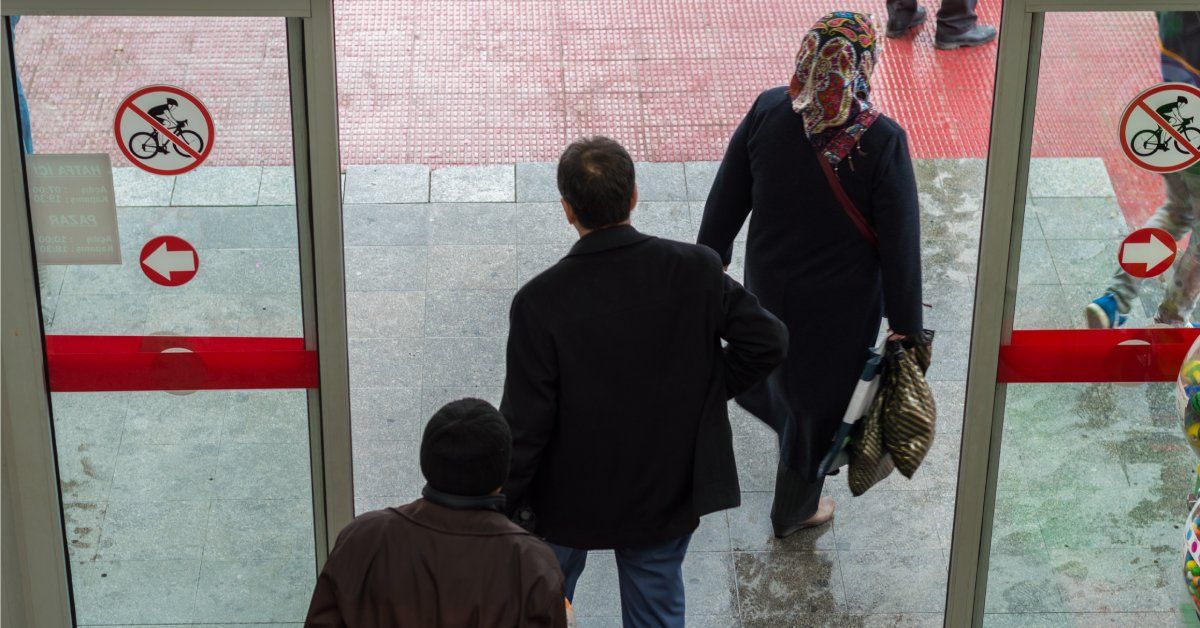
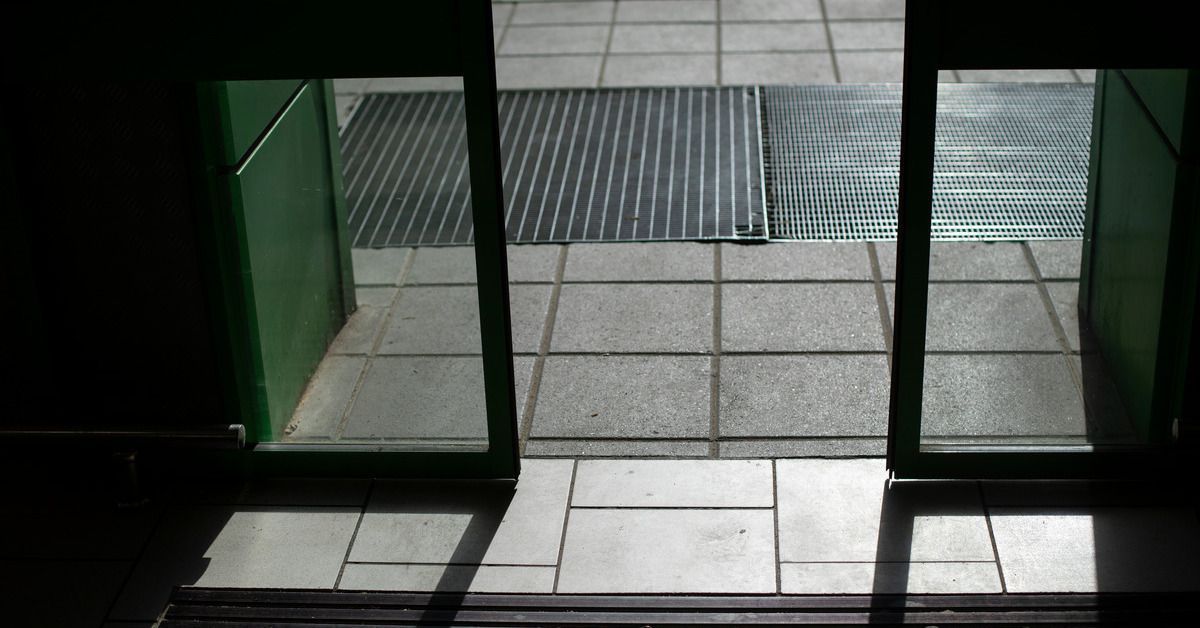
LICENSING INFORMATION
Washington: PACIFEL801B7 | Oregon: CCB 229189
LICENSING INFORMATION
Washington: PACIFEL801B7
Oregon: CCB 229189
headquarters
1788 S Harrier Rd.
Ridgefield, WA 98642
All Rights Reserved | Pacific Entrance, LLC.

